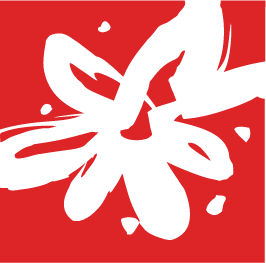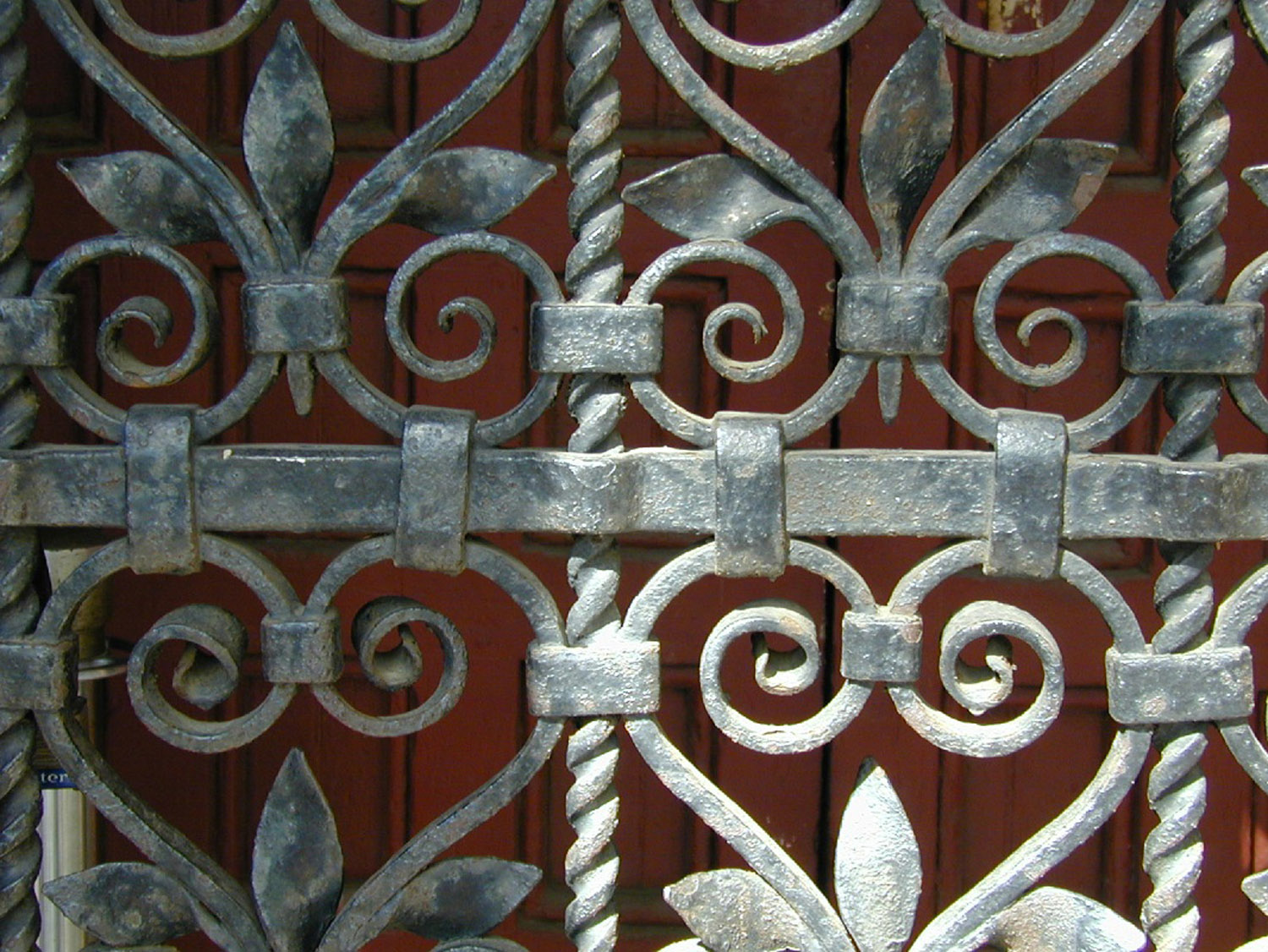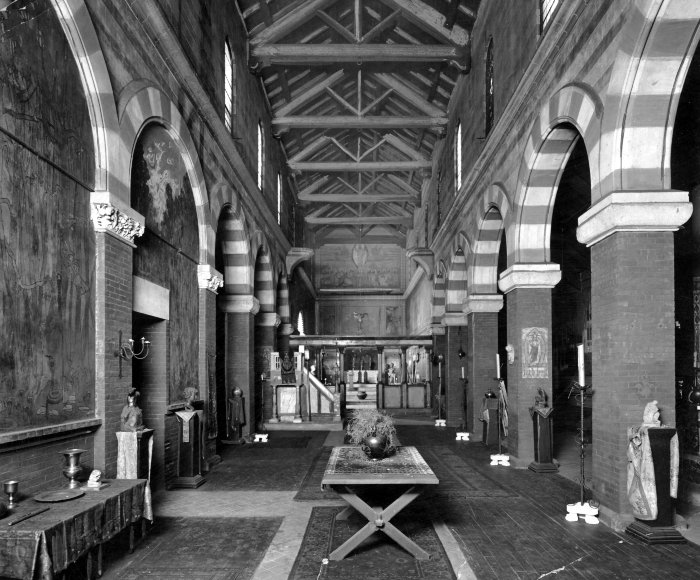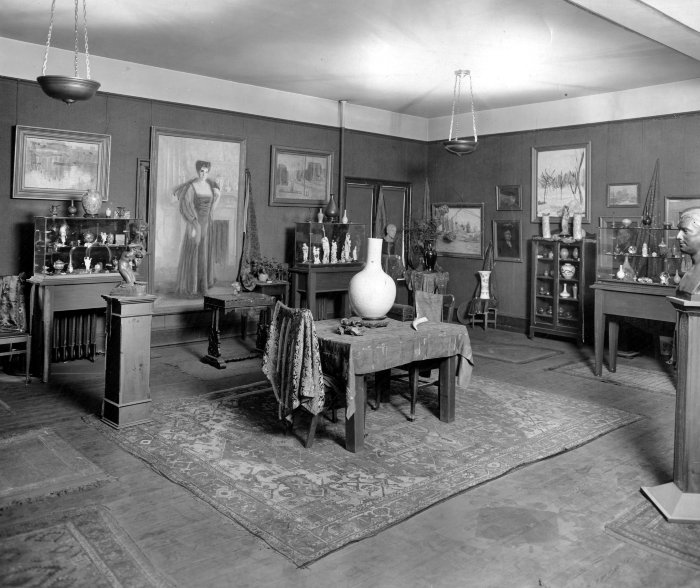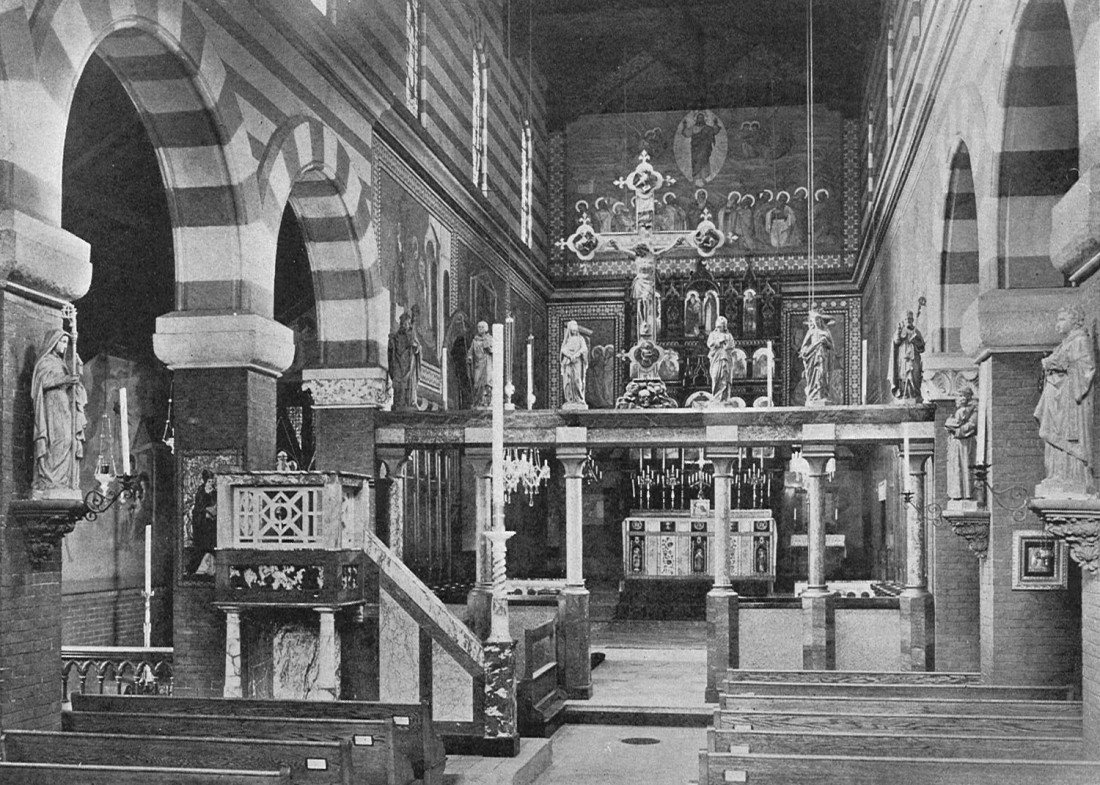“Thousands of young people toil during the day whose lives are unavoidably cast upon a background of routine and sameness—the world’s work must be done—to them should be offered pastures where beauty and inspiration may be gathered, places where rich and poor alike may give expression to their finer emotions—playgrounds for the soul.”
— Samuel S. Fleisher
Samuel S. Fleisher & The Fleisher Yarn Company
In the latter part of the nineteenth century, Simon B. and Moyer Fleisher, the sons of German Jewish immigrants, founded one of the country’s first worsted woolen mills in southwest Philadelphia. Originally called the Fleisher Yarn Company, the establishment became a world leader in hand knitting yarns and worsted fabric. In 1892, Simon’s son, Samuel Stewart Fleisher, joined the family business after graduating from the University of Pennsylvania’s Wharton School of Business. Samuel was soon appointed vice-president of the company.
As Vice-President of the wool company, Samuel Fleisher believed that acknowledging the inherent worth of every individual, was of the utmost importance to his work and position. Fleisher acknowledged the integral role that the workers played in the company and was mindful of carrying on mutually beneficial engagements with his employees.
The birth of the Graphic Sketch Club
Springing from this morale, Fleisher acted on the suggestion of his sister Helen, to create opportunities through the factory, wherein neighborhood children, many of whom were the sons and daughters of the factory workers, could enjoy free art classes.
In 1898, Fleisher began holding art classes for lower-income neighborhood boys in the Jewish Union building at 422 Bainbridge Street. The endeavor came to be known as the Graphic Sketch Club, an inviting and collaborative artistic space which catered to adults and children of all races and nationalities. Here, classes were offered in a laid back, non-competitive style, to encourage the students to enjoy the process of art-making as a joyful end in itself. Students were only asked to pay for materials, which Fleisher acquired at the lowest possible prices, and often passed along, without charge, to those who could not afford them otherwise.
Changing Spaces
Due to increased enrollment, in 1906 the Graphic Sketch Club moved to new quarters at 740 Catharine Street. In 1916, Fleisher acquired the large building across the street, which had formerly been known as Saint Martin’s College for Indigent Boys. In 1922, Fleisher acquired the adjacent Romanesque church which had formerly been the Episcopal Church of the Evangelist. Fleisher converted the space to house his private collections of paintings and sculptures, and he made it available to neighborhood residents day and night as a quiet place for contemplation and reflection.
The Sanctuary, as Fleisher dubbed it, was open regularly and students were encouraged to study its works of art and draw from them. Students were also invited to frequent concerts and recitals, and they had access to the Steinway baby-grand piano. It was a unique kind of museum; eclectic, accessible and lively, open in the evening, with working people in mind.
If the studio classes were the body of Fleisher’s vision, the new Sanctuary was the soul. The use of the building for Fleisher’s own collections and as a haven for contemplation reflected Fleisher’s belief in the healing impact of art.
Carrying on the legacy and mission of Samuel S. Fleisher
Samuel S. Fleisher died on January 20th, 1944, leaving his estate in trust to the Philadelphia Museum of Art for the perpetuation of the Graphic Sketch Club. In his memory, the Graphic Sketch Club became the Samuel S. Fleisher Art Memorial. Initially managed as a program of the Philadelphia Museum of Art, Fleisher became its own independent non-profit corporation in 1983, yet maintains a strong administrative link to the Museum even today.
Fleisher is a prominent and thriving community arts center, celebrated as one of the first in the nation. Fleisher serves over 16,000 annually, with 1,702 young people attending our tuition-free classes and low-cost workshops, 3,820 adults taking free and low-cost classes and workshops, 358 children and youth being served in public schools and community centers throughout Southeast Philadelphia, and 8,430 visitors to our galleries annually.
